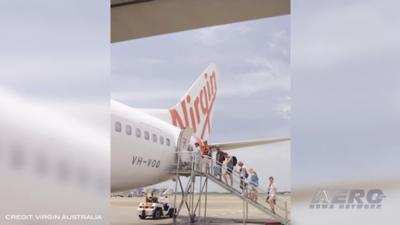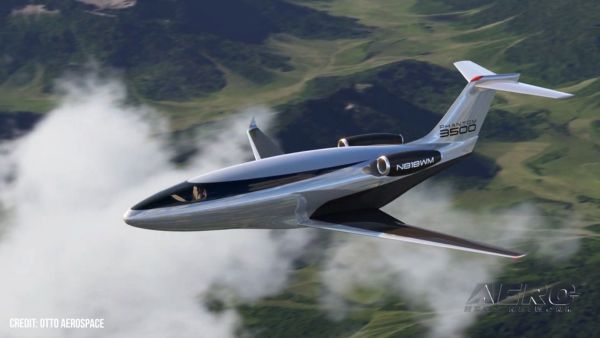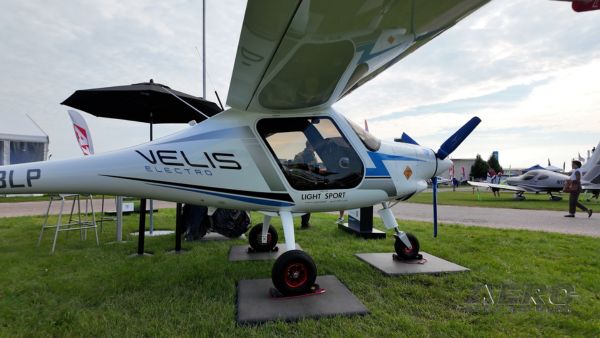… As Airlines and Regulators Push for Single Pilot Operations
Early in March, the Second In Command (SIC/first-officer) of Virgin Australia Flight VA-717 from Adelaide (ADL) to Perth (PER) was taken ill approximately thirty-minutes after departure. Deeming his counterpart’s condition serious, the flight’s Pilot In Command (PIC/captain) reversed course, returning the Airbus A320 to Adelaide where it made a safe emergency landing. Waiting first-responders transported the incapacitated SIC to hospital.

Few details about the incident have thus far been made public by Australia’s aviation accident investigation bureau. The airline, however, has impugned the veracity of initial accounts alleging the SIC had suffered a heart attack.
Australian aviation regulators require commercial pilots to undergo yearly medical examinations. Electrocardiograms—tests which measure cardiac electrical activity and evince structural, functional, latent, imminent, and extant cardiac pathologies—are compulsory during aviators’ initial medical examinations and thereafter at ages 25, 30, 32, 34, 36, 38 and 40. After age 40, an ECG is required annually. The medical process also includes a calculation of cardiovascular risk.
In November 2022, the PIC of an American Eagle flight died from a suspected heart attack shortly after takeoff from Chicago O’Hare (ORD). In August 2022, the PIC of a Biman Bangladesh Airlines flight became incapacitated and died during a flight from Muscat (MCT) to Dhaka (DAC).
During a three-week time period in early 2023, no fewer than five discrete pilot incapacitation events transpired on five separate commercial flights: Southwest Flight 6017, United Airlines Flight 2007, British Airways BA154, Emirates Flight EK205, and the aforementioned Virgin Australia VA-717
In a working paper filed with the aviation standards body in 2021, the European Union Aviation Safety Agency (EASA) requested on behalf of its member states that the "necessary enablers" be created "for a safe and globally harmonized introduction of Part 121 operations of large, transport category aircraft by single pilots. EASA set forth—albeit tacitly—that Single Pilot Operations (SPO) afford air-travelers a degree of safety equivalent to or surpassing that typical of current air-carrier operations.
Concomitantly, over forty countries, including Germany, the UK, and New Zealand, have petitioned the United Nations body that sets aviation standards to help make Single Pilot Operations (SPO) a reality.
EASA asserts SPO air-service could commence as early as 2027.
Proponents of SPO vociferously maintain that commercial aviation, most often, is a non-emergent business. They posit that 999 out of every one-thousand flights comprise primarily convention and boredom, and that under such circumstances modern automation affords a competent PIC all the assistance required to safely operate even the largest, most sophisticated airliner. Except it doesn’t—as proved incontrovertibly by antecedent accounts of insidious and acute pilot incapacitations.
Simply stated, the incapacitation of an aircraft’s single pilot is overwhelmingly likely to occasion tragedy.
Citing overwhelming clinical and statistical, empirical and anecdotal evidence, tens-of-thousands of physicians worldwide have endeavored to warn government and private sector leaders alike of the highly and worryingly disproportionate incidence of serious, often mortal cardiac injury among otherwise healthy recipients of COVID-19 vaccinations—primarily men between the ages of 18 and 55.

Currently, federal aviation regulation requires Part 121 operators to staff all flights with at least two qualified pilots. What’s more, the entirety of the extant transport category aircraft fleet is type-certified for two-pilot operations. Older aircraft, such as the Boeing 707s and Douglas DC-8s still in service with cargo and foreign carriers, require a third cockpit crew-member.
For years, airlines have promulgated the alleged merits of single-pilot operations, stating in the calculated argot of dead-eyed accountants that cutting cockpit personnel by fifty-percent would summarily solve staffing problems occasioned by a pilot shortage the FAA and ALPA have dismissed as non-existent.
Airbus, too, is assessing protocols by which its aircraft might be flown by smaller crews. The consortium is actively collaborating with airlines and regulators for purpose of determining whether two pilots can replace three-person crews on long-haul flights.
Furthermore, a pilot for Shanghai-based China Eastern Airlines—which suffered a fatal accident in March 2022—co-authored a research paper assessing means by which takeoff and landing tasks might be automated or completed with help from a ground station.
The Federal Aviation Administration Reauthorization Bill currently before Congress contains language requesting that the legislative body add provisions to Part 121 permitting single-pilot commercial flight operations—initially of cargo aircraft.
Pilots and pilot unions vehemently oppose single-pilot operations, arguing that such a practice would serve only to bolster airline profits while negating disciplines fundamental to the safety culture by dint of which the last 25-years have been rendered the safest in powered flight’s 119-year history.
 Aero-News: Quote of the Day (12.07.25)
Aero-News: Quote of the Day (12.07.25) ANN's Daily Aero-Linx (12.07.25)
ANN's Daily Aero-Linx (12.07.25) NTSB Final Report: Lafferty Jack Sea Rey
NTSB Final Report: Lafferty Jack Sea Rey Classic Aero-TV: The B29 SuperFortress Doc - History in Flight
Classic Aero-TV: The B29 SuperFortress Doc - History in Flight Airborne 12.08.25: Samaritans Purse Hijack, FAA Med Relief, China Rocket Fail
Airborne 12.08.25: Samaritans Purse Hijack, FAA Med Relief, China Rocket Fail




